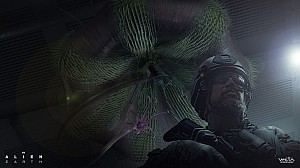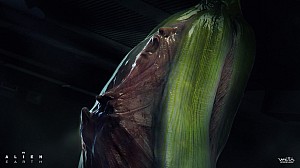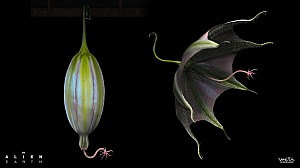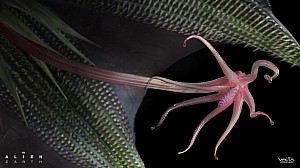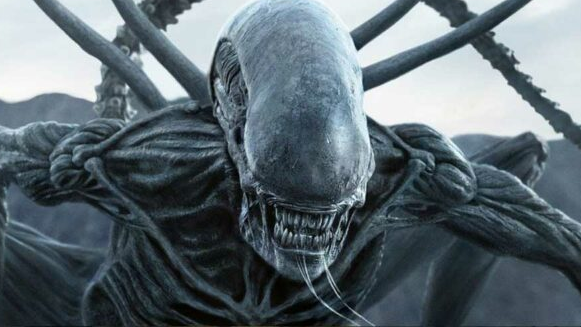This post was published by a guest. The views expressed are those of the author and do not necessarily reflect the views of alien-covenant.com.
Ridley Scott’s Alien (1979) is more than a science fiction horror film. It reshaped how monsters are understood in cinema, embedding symbolism into every twitch of the Xenomorph’s jaw and every echoing step aboard the Nostromo. Audiences weren’t just terrified by what they saw; they were unsettled by what it represented.
Creature-driven narratives thrive when the monster embodies more than fear. It becomes a vessel for anxieties, cultural tensions, and hidden truths. That’s why Scott’s Alien remains so compelling more than four decades later. Just as native writers provide highest quality essays by digging beneath surface-level arguments, Alien succeeds because its creature speaks to fears far deeper than its slimy exterior.
The Xenomorph endures because it is layered with meaning: technological dread, gendered violence, and capitalist exploitation. Each installment in the franchise expands those ideas, proving the monster is not just an enemy but also a mirror.

Source: https://unsplash.com/photos/a-group-of-people-standing-in-front-of-a-lighted-archway-OF2Jr51vxiI
The Birth of the Xenomorph: Fear in Flesh
The first film gave us a monster that felt alive in unsettling ways. Designed by H.R. Giger, the Xenomorph fused machine and organism, creating a predator that blurred boundaries between human, animal, and machine. This unnatural hybridity set the tone: the monster itself was a symbolic intrusion, a nightmare of industrial age anxieties brought to life.
From the infamous chestburster scene to its adult form, the creature reminded audiences of humanity’s vulnerability. The alien was more than a beast; it was a physical embodiment of invasion, loss of bodily autonomy, and the terror of the unknown.
Alien as a Mirror of Human Anxiety
The brilliance of Alien lies in how it takes intangible fears and gives them claws and teeth. The Xenomorph doesn’t exist in a vacuum; it reflects what we already dread.
- Fear of technological domination
- Anxiety over bodily invasion
- Tension between survival and morality
- Gendered violence and power imbalance
- Loss of human identity in the face of the “other”
Each theme emerges through the creature, making the terror linger long after the credits roll.
Gender, Power, and the Female Protagonist in Alien
Ripley’s survival isn’t accidental. She represents defiance in a narrative steeped in violation and dominance. The creature’s reproductive horror, facehuggers implanting embryos, is a twisted reflection of pregnancy and birth, weaponized to unsettle. The terror of forced reproduction speaks to the power imbalances women often face, making Ripley’s fight a symbolic reclaiming of agency.
By placing a woman at the center of survival, Scott redefined the monster narrative. The terror wasn’t just external; it echoed the fears surrounding gender roles, control of the body, and the violence of being silenced.
The Body Horror of Transformation and Violation
Body horror is central to the Alien mythos. The chestburster scene became iconic because it turned the human body into a battlefield, splitting it open in service of the creature’s life cycle. Violation becomes a recurring theme: the facehugger strips autonomy, the embryo gestates like a parasite, and the host is discarded violently.
This isn’t just gore for shock value. It’s horror with meaning. The violation mirrors real fears about loss of control, about technology and systems that reduce humans to vessels. That psychological punch is what gives the franchise such staying power.
Corporate Greed and the Monster as Capitalist Allegory
No creature in Alien exists without context. The Weyland-Yutani Corporation lurks behind every decision, viewing the Xenomorph as a biological weapon worth sacrificing lives for. The monster becomes inseparable from the greed that seeks to control it.
- The company’s orders to prioritize the alien over the crew reveal how profit outweighs human safety.
- Scientific curiosity is twisted into exploitation, reducing living beings to resources.
- The crew’s expendability mirrors real-world labor exploitation, where profit trumps well-being.
The Xenomorph is terrifying, but it is corporate greed that invites it on board, amplifying the allegory: the real monster may not be the creature but the system that covets it. This corporate framing has echoed across the sequels, reminding viewers that exploitation often hides behind polished boardroom doors.
Evolution of the Creature Across the Franchise
The original film introduced terror in the shadows. Aliens (1986) expanded the threat into full-scale war, turning the monster into a symbol of overwhelming force. Alien 3 (1992) stripped things back, returning to bleak themes of isolation and sacrifice. Later films like Prometheus and Covenant explored creation myths, positioning the creature as the outcome of human hubris.
Across these shifts, the monster adapts, but the symbolism holds. It reflects humanity’s anxieties about progress, control, and what happens when ambition crosses ethical boundaries. In today’s storytelling landscape, where a quick and easy essay generation tool might be used to dissect themes, the Alien franchise shows that the richest narratives never lose their symbolic bite.
Why Alien Monsters Still Work Today
The Xenomorph continues to resonate because our fears haven’t gone away. Technological dependence deepens, questions of power and gender remain urgent, and capitalist exploitation feels as ruthless as ever. The alien is timeless because it feeds on fears that keep evolving with us.
Education expert Mark Bradford, who works with the essay writing service EssayHub, notes that creature-driven narratives endure because “they let us externalize invisible threats.” His insight underscores why the Alien franchise is still relevant: the monster is a way to see, and then confront, what we fear.
Conclusion
Alien monsters work because they carry meaning on their shoulders. The Xenomorph isn’t just a predator; it’s a composite of our anxieties about bodies, technology, power, and greed. Ridley Scott and his successors understood that creatures matter when they symbolize something greater than themselves.
When audiences watch the alien emerge from the shadows, they’re not just recoiling from teeth and claws. They’re confronting the parts of human life that are hardest to name, but impossible to escape.

Responsible play at 1win casino: a modern approach to safe gaming
Explore how 1win Casino supports safe, balanced gaming with limits, self-control tools, and mindful play practices that help players enjoy betting longer and with more confidence.
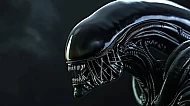
Why Scene-Timing Apps Are Becoming Essential for Movie Fans
Movie culture has changed dramatically over the years. Audiences today expect convenience, flexibility, and control over how they watch films—wh...
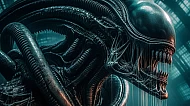
Exploring the Latest Trends in Slot Gaming
Despite notable advancements already, slot gaming continues to evolve at an impressive pace. These games blend technology and entertainment, throw in ...


